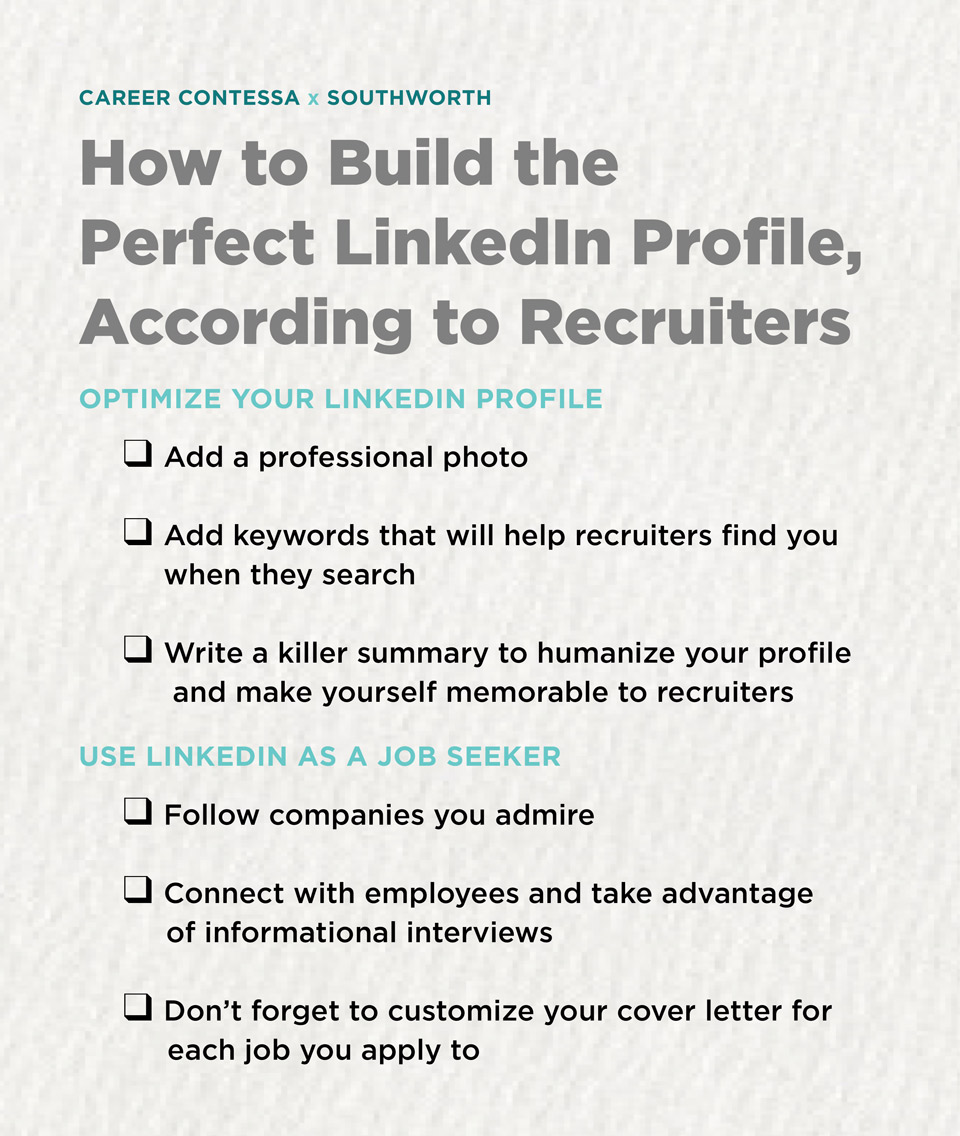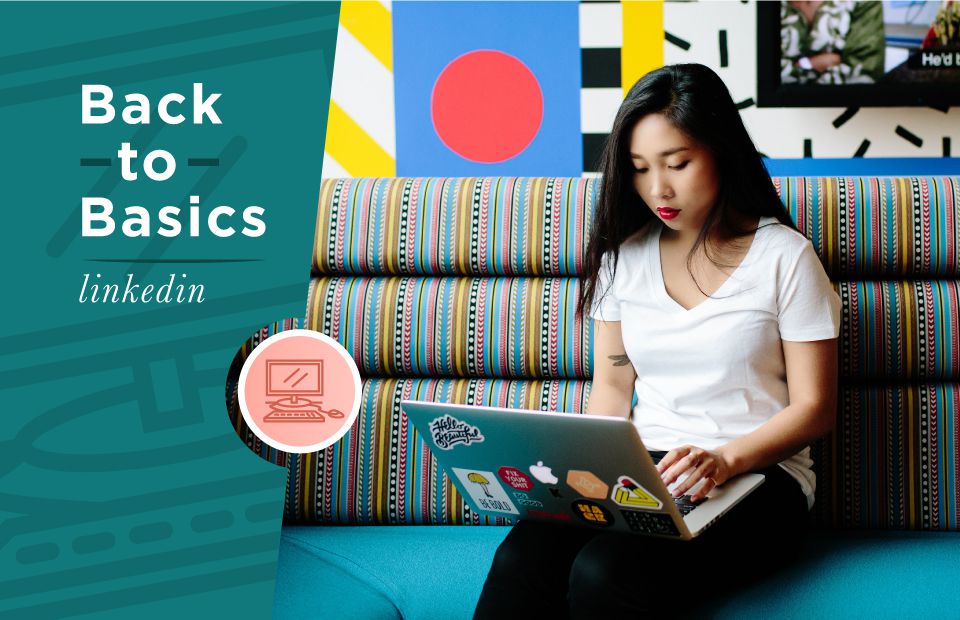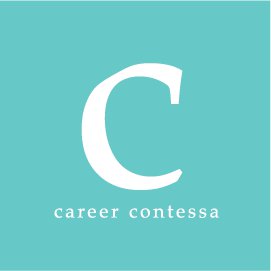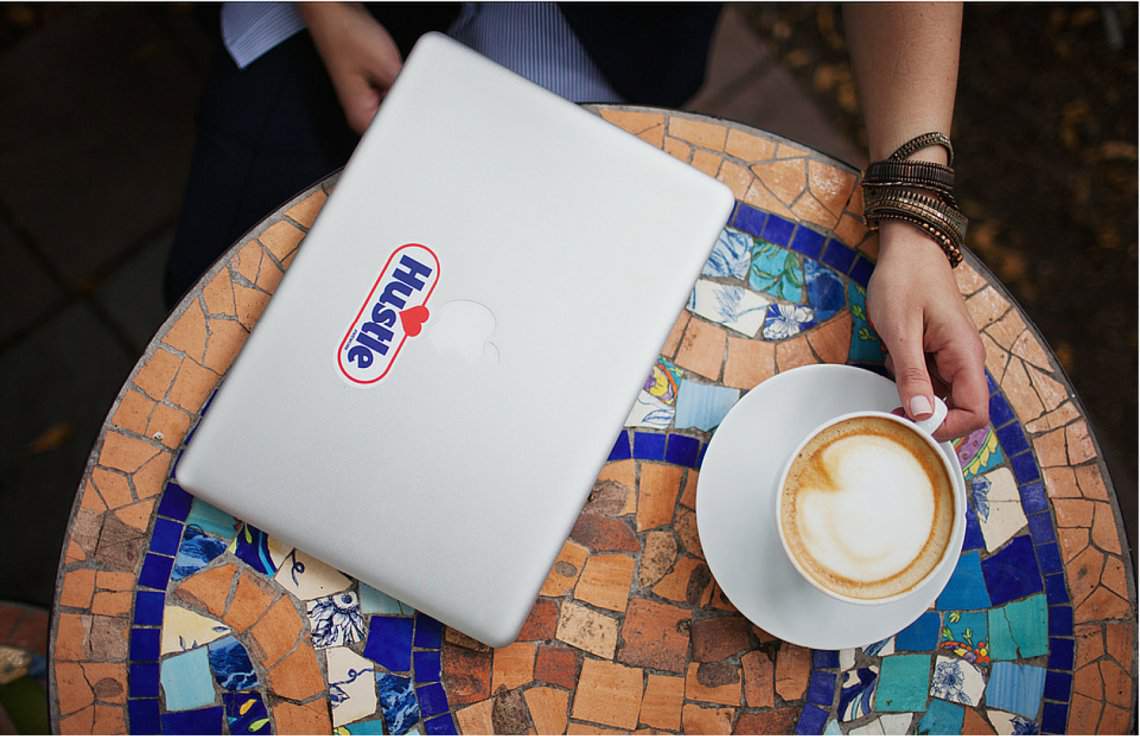This post is sponsored by Southworth—you know, the brand you go to anytime you need beautiful resume paper.
Here at Career Contessa, we’ve covered hundreds of career advice topics, even some of the most obscure. But sometimes? You don’t want the shiny, glamorous new stuff. You just want classic.
Nearly everyone in the career advice world (us included) hails LinkedIn as the best tool out there to network, find job listings, and even passively job search while gainfully employed, no thought required. But is it really that easy?
Not exactly. LinkedIn isn’t an intuitive social network, which explains why, unlike Instagram or Facebook, many of us skip setting up a LinkedIn profile entirely. But as daunting as the site might seem, avoiding it is a huge mistake. The trick? Learning to work the system—and making the system work for you.
That's why we took advantage of
our network of recruiters and career experts (including our own founder, Lauren McGoodwin, who worked as a tech recruiter at Hulu) to write an all-encompassing guide. Think of this article as the perfect 101 course, one that will help you understand the essential aspects of using LinkedIn to your advantage (no pop quizzes, though, promise). Because seriously, why
didn’t they teach us this in college?
So What Is LinkedIn?
On the simplest level, it’s a professional social network. The biggest one, actually, thanks to its millions of users. Where Facebook is for your college network (or at least it was before our parents took it over) and Instagram is for your personal network, LinkedIn is where you can interact with people you’ve worked with, want to work with, or just might want to know professionally.
You can connect with people you’ve worked with, reach out to people you’d like to work for, browse job postings and read work-related articles from companies or people you admire. But more importantly, LinkedIn is a space for your work and professional interests.
It’s the best place to document all your work experience, along with any education, coursework you complete, or skills and expertise you gain on the job or in your extracurriculars. You know how frustrating it is when you’re trying to cram your experience onto a one-page resume? On LinkedIn, there are no limits.
It’s visual, dynamic, adaptable. Having an editable profile means you can focus on the expertise and experience that’s most important to you (and in line with your career goals). Actually, the deeper you get into customizing your LinkedIn, the better use you can make of it. More on that in a moment.
And Why Is It a Big Deal?
1. It’s the Future of Job Seeking
The biggest (or at least most popular) reason people use LinkedIn is for job searching or, on the flipside, finding people to hire. In a recent poll,
87% of recruiters stated that they use LinkedIn to source candidates. So this platform? It’s the future of hiring.
2. It’s an Easy Way to Engage with Other Professionals
Even when you’re not seeking new work, though, the platform can help you in other ways. Because LinkedIn is the largest online professional network, it brings millions of people (literally) within digital reach. You can use LinkedIn to find people for
informational interviews, keep updated on what’s happening at companies you admire, or just stay in touch with the network you’ve acquired so far.
3. You Can Use It to Curate Your Work History in Your Favor
If you’re hoping to
shift directions, whether that means landing a leadership role at your current company or changing industries entirely, you can use LinkedIn to show off the qualifications that make you an ideal candidate for the roles you’re after, not the role you have now. That’s key.
4. It Helps You Build an Online Brand
Oh, and one more thing:
LinkedIn is a great way to build an online presence. More and more, hiring managers and recruiters will Google you if your resume intrigues them. Typically, your LinkedIn profile will be one of the first search results to pop up. Building a strong profile is a great way to establish a clear professional brand, no web-savvy required.
How to Optimize Your LinkedIn Profile in Three Steps
Step 1: Add a Professional Photo
Unlike resumes, which more or less all look the same on a recruiter’s desk, your LinkedIn profile allows you to get more dynamic and visual. The first and easiest way to take advantage of that is to add a
professional headshot to your page. There are services that will take these photos for you if you don’t have access to a photographer (but think about it—most of us have a friend or random uncle who’s passionate about digital photography).
By adding a photo, you give people visiting your LinkedIn profile a multi-dimensional impression of who you are. Suddenly, you’re not just another anonymous applicant. You’re a friendly face.
Step 2: Add Keywords
Among the many things that LinkedIn offers, its search tool is hugely important to recruiters everywhere. Long before they actually post an open position on LinkedIn and elsewhere, many company recruiters will take a peek to see if any profiles match the experience they’re after. They do this by searching LinkedIn for certain keywords. By adding these keywords to your profile summary, you can capitalize on those searches. It’s passive job searching at its finest—use the right keywords and the recruiters will come to you.
How do you do this? Start by using the LinkedIn search yourself. Look up your ideal job title and look for other profiles that pop up. Take a look at job postings for similar roles in your field. What keywords appear again and again? Sometimes it helps to print out those postings and actually highlight the buzzwords used, so you can visualize patterns.
Here's an example of what a person who's looking for a job as a recruiter might want to add to their LinkedIn profile: talent acquisition, candidate experience, recruiting, talent, talent development, employer branding, and talent management. By adding these keywords to their profile, this person might appear in more search results for recruiting-related jobs
So once you know your keywords, fold them into your headline and/or summary section. Speaking of:
Step 3: Write a Killer Summary
Too often, we see people who either skip their
summary section entirely or barely put any thought into it. Big mistake. Your summary section is another opportunity to humanize your profile and make yourself memorable to recruiters.
Focus on selling yourself, particularly the traits that make you unique. What are you passionate about? What do you want to do next and why? By focusing on writing a value-based summary (i.e. what you’d bring to a team or company), you’ll attract more notice. You can also use this section to focus on what you want to be doing, downplaying any work you’ve done that you don’t want to do in future positions.
How To Use LinkedIn As a Job Seeker
How you use LinkedIn will vary according to where you are in your career. If you’re actively looking for a new job, you’ll want to use LinkedIn in some specific ways. Here’s how:
Step 1: Follow Companies
At Career Contessa, we don’t recommend seeking “dream jobs,” we recommending researching and finding dream companies. No one actually wants to stay in the same job forever. What you’re really after is a company where you’ll love the work you’re hired to do, but where you’ll want to grow for years to come.
So do some research on companies you think you’d love to work for via LinkedIn but also sites like
Glassdoor and or
InHerSight. Then follow those companies on LinkedIn to stay up to date on news, big events, and, of course, new job listings.
Step 2: Connect with Employees
Our number one recommendation for anyone who’s job searching is to take advantage of informational interviews. You can research people working in roles that interest you (or at companies you admire), then request to
connect with them on LinkedIn to set up a phone call or coffee date to talk to them about their work.
The key to an informational interview is this: you’re not asking them for a job. You’re asking them for insight because you admire what they’re doing. The more you learn about the work, the more you’ll know what’s right for you—and how to go about getting a job doing just that.
So how do you reach out to a stranger on LinkedIn and convince them they want to meet you for a cold brew? One of our Career Contessa friends explained her best tips
here.
Step 3: Find Jobs
Of course, the most obvious advantage of LinkedIn for job seekers is its massive database of openings at different companies. That search bar is there for a reason. Use it to find jobs at countless companies. Some even allow you to apply straight through LinkedIn, submitting your LinkedIn profile as your resume. Just don’t forget to custom write a
cover letter for each and every job you apply to—you should never bulk apply to every single posting that seems interesting.
You can even let LinkedIn know that you're looking for a job and they will alert you with new opportunities—and give recruiters a heads up that you're open to new roles. This matters because recruiters prefer to reach out to people who are actively (or at least interested) in new roles.
You can find more options when you click on your profile and view some options right under your headline such as "show recruiters you're open to work." And don't worry—you can personalize these features so your current boss doesn't see.
How to Use LinkedIn to Build Your Career
If you love your job and company (or just aren’t ready to move on quite yet), LinkedIn is still a great place to build your career. Keep your profile updated so that if a great position comes your way, you’ll be ready to apply immediately.
But beyond that, you should also use LinkedIn to post, comment, and just generally engage with articles that your network posts or shares. You’ll learn more and more about your field and industry, just by spending a little time connecting.
Also, don’t forget to add people you meet at networking events or even cold contacts if their work interests you. You never know when you might want to connect with them again about a potential opportunity.
Want the Secret Advantage? Engage on LinkedIn Regularly and Often
A lot of people find a job they like, get comfortable, then forget about their LinkedIn for a few years. If you commit to staying active on LinkedIn (and keeping your profile updated as well), you’ll be in a much better position than those who don’t.
You’ll also have a strong profile in case a recruiter comes your way when you’re not actively looking. Sometimes, the best opportunities just pop up. We recommend doing the following to stay on top of your account:
- Set a calendar reminder to update your summary and experience every six months with any new updates you’ve made to your career or skill set (keeping a work journal helps with this)
- Make LinkedIn part of your weekly reading. Whenever you hit The New York Times and your favorite guilty habit blogs, spend some time reading career-related advice on LinkedIn as well.
And there you have it. LinkedIn in all its glory. Not as bad as you thought, right?
This post was sponsored by Southworth. Thank you for supporting the brands that support Career Contessa.












